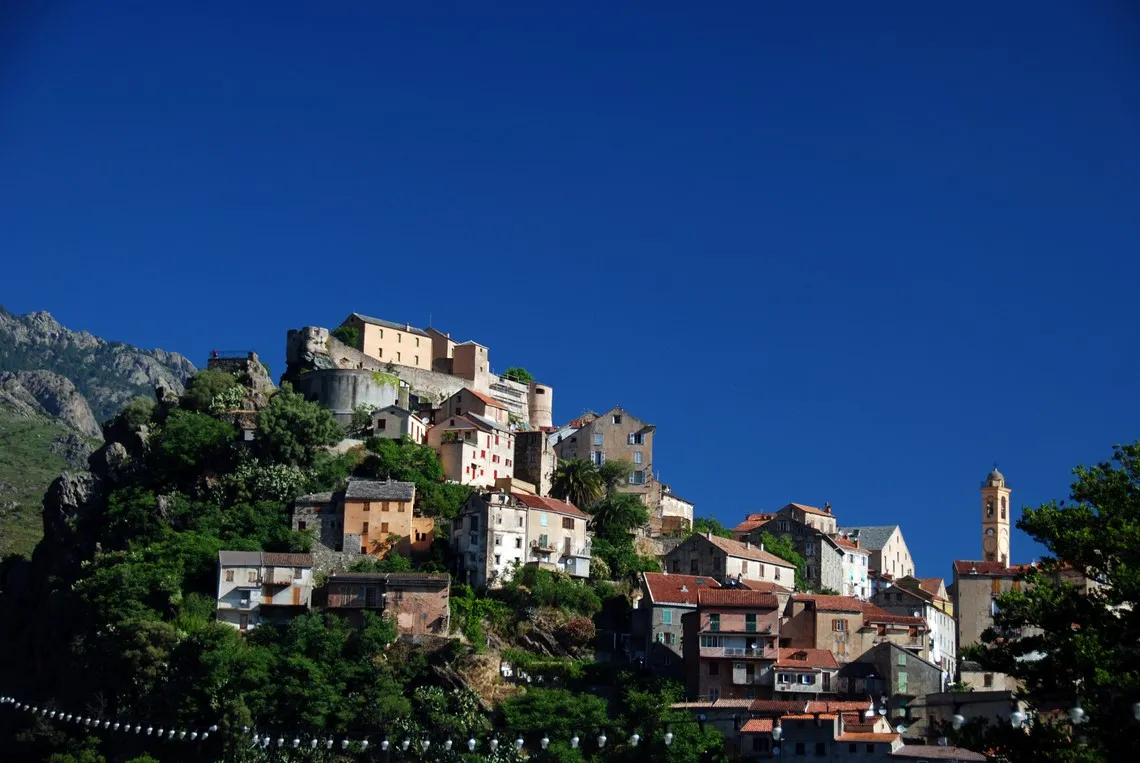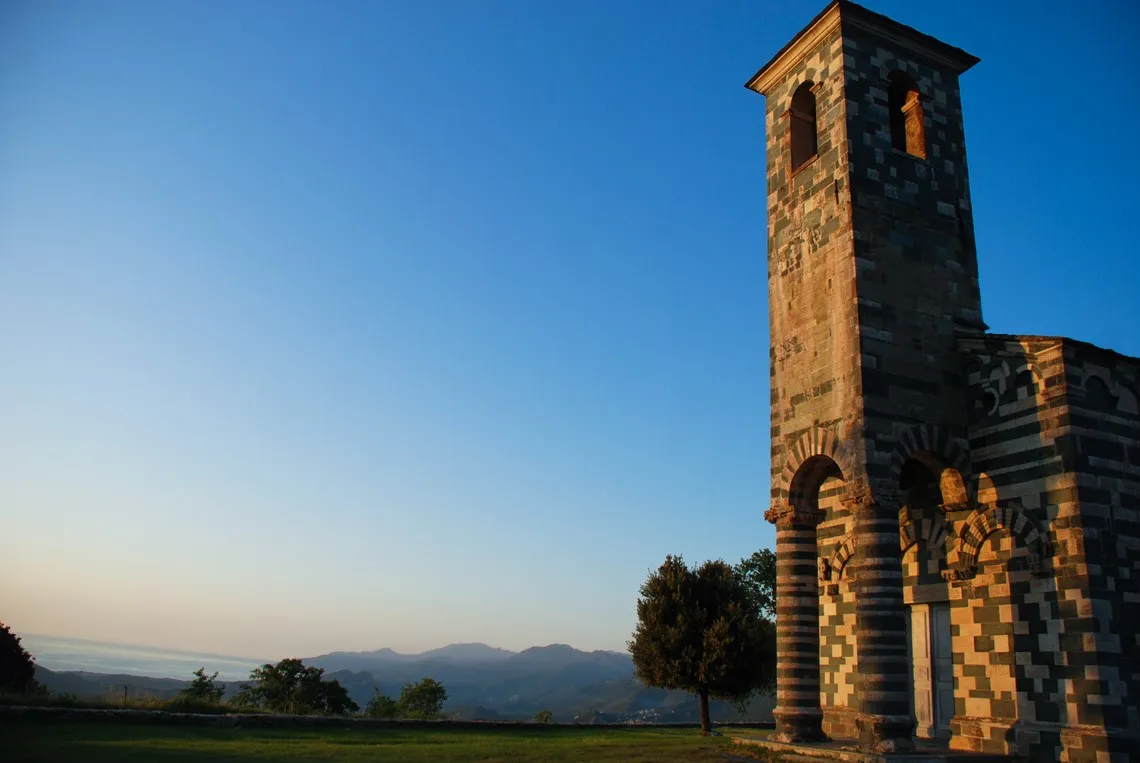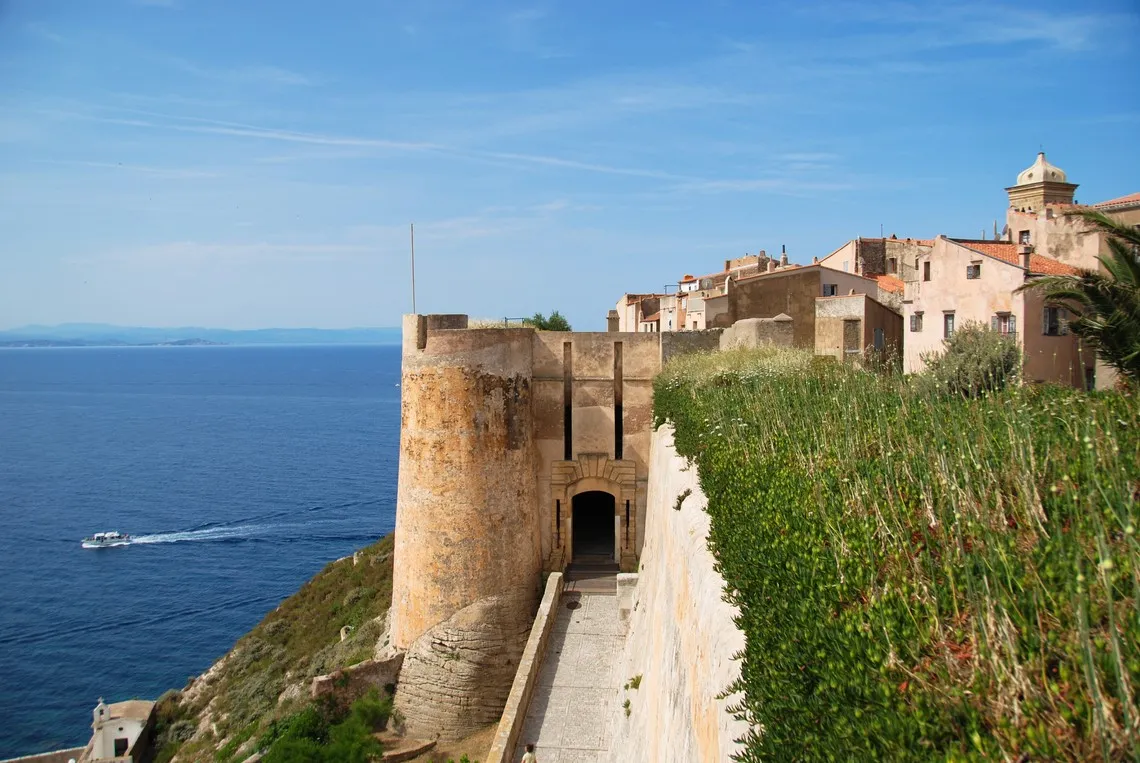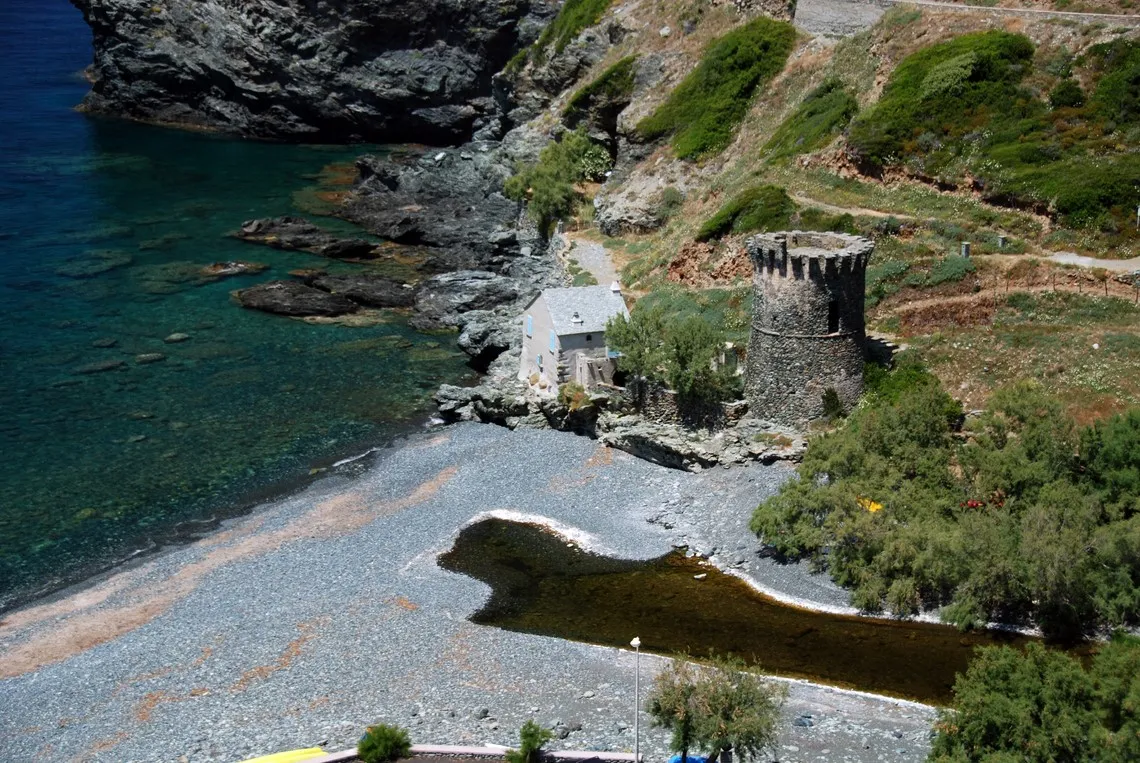Select your language
Corsican Heritage
Corsica : a little history
Corsica's heritage reveals very ancient human occupation: archaeological sites dating back several millennia before our era still fascinate archaeologists today. The megaliths on the site of Filitosa bear witness to the existence of an ancient Corsican civilisation, with its own rites and culture.
Throughout the Middle Ages, from the 5th to the 11th century, Corsica was marked by invasions, attacks and pillaging by Ostrogoths, Vandals and Moorish pirates. The Corsican flag with the Moor's head draws its origin from the struggles that the inhabitants had to endure at that time and from the legends that arose during these turbulent centuries.
The successive occupations of the Pisans and Genoese, respectively from the 11th to the 13th century, then from the 13th to the 18th century, were each marked by the construction of an important heritage: mainly religious during the Pisan era, then also defensive and urban during the five centuries of Genoese domination.
Between Corsica's desire for independence and French invasion attempts, the Republic of Genoa took a beating on several occasions. Spanning 14 years from 1755 to 1769, the only period of Corsican independence in modern history is linked to the figure of Pascal Paoli.
The Versailles agreements signed in 1768 between Genoa and the kingdom of France allowed Louis XV, the following year, to take Corsica, although it had only recently gained independence.
1769 was also the year of Napoleon's birth in Ajaccio. Very attached to his island and a fervent admirer of Paoli, the future emperor nevertheless positioned himself behind his attachment to France.
The Isle of Beauty will still be marked in its history by the Second World War: invaded by the German and Italian armies, it is also the first French territory to be liberated, in 1943.
Heritage and culture in Corsica
Corsica's architectonic heritage bears witness to its prestigious and eventful past.
The archaeological site of Filitosa reveals very ancient human occupation: it is internationally renowned for its great concentration of menhir statues dating from the Bronze Age. In the mountains, the steep villages built on rocky spurs and difficult to access are a reminder that the Corsican populations had to protect themselves for centuries from looting and invasion attempts.
The period of Genoese occupation contributed greatly to the architectural landscape of the island. Remnants include the citadels of Calvi and Bastia and the incredible network of watchtowers and defences built on the coast between the sea and the mountains. About sixty of them are still clearly visible today.
Religious buildings are legion on the island. From the Pisan occupation to the last days of the Genoese Republic, they bear witness to a variety of architectural styles: Romanesque, Gothic and above all Baroque, thanks to the influence of the Italian Renaissance.
Corsica's heritage is also largely intangible: it is a language, songs, traditions, legends, and a rich gastronomy based on ancestral cultures such as those of the chestnut, olive tree and the vine.










